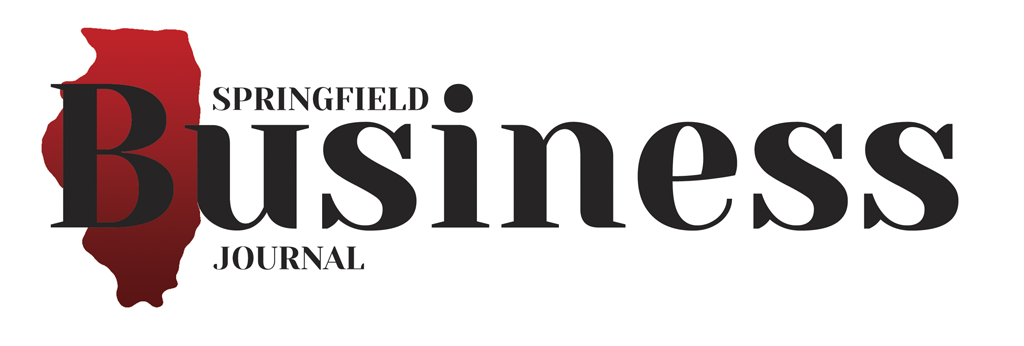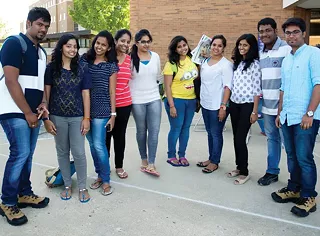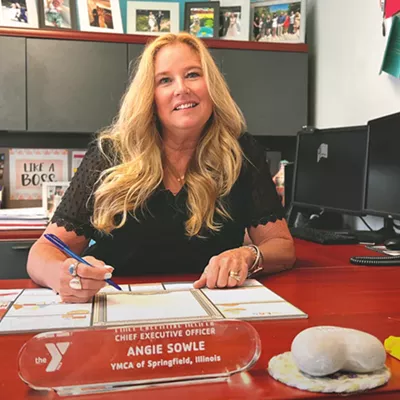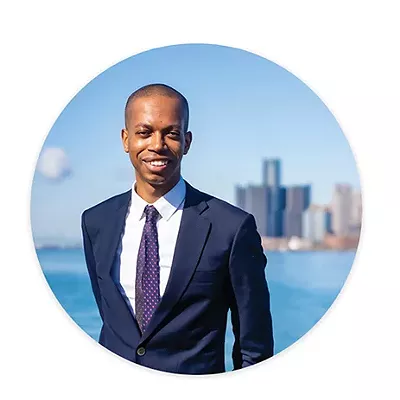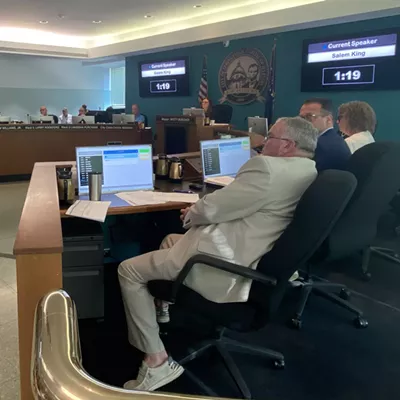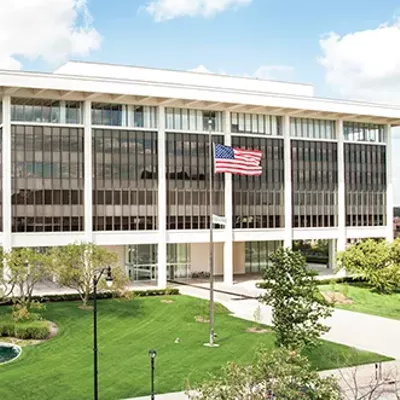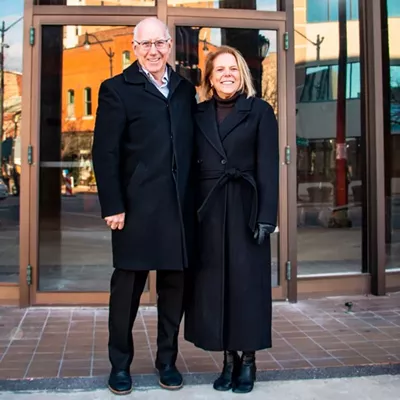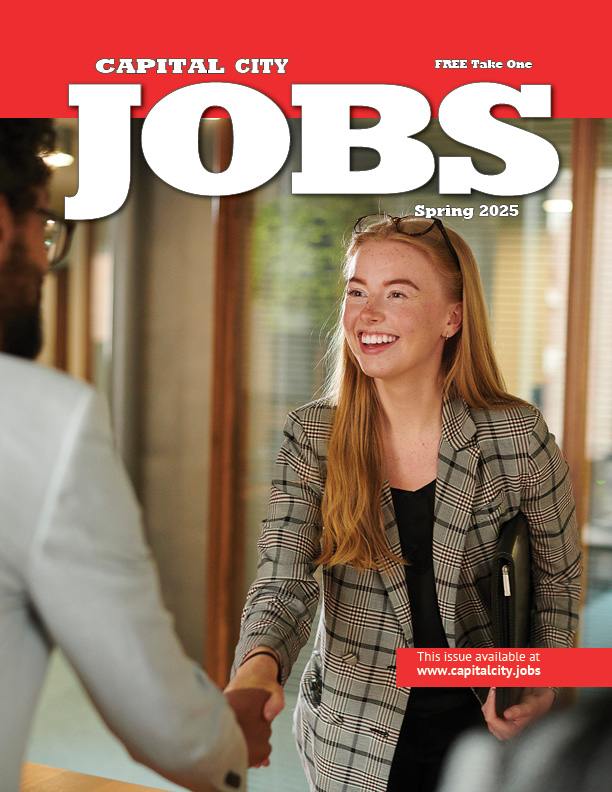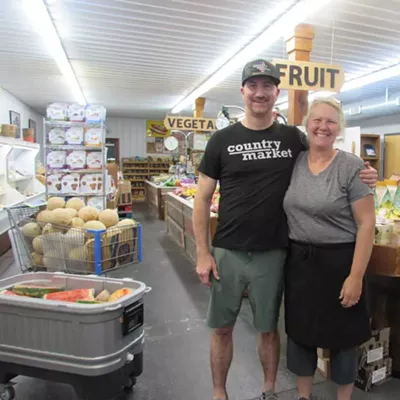UIS increases focus on international students
By Zach Baliva
Drive around the University of Illinois Springfield (UIS) campus on a warm day, and you’re likely to notice a student bowling to a batsman on the cricket pitch. Step into a campus building, and you may find a meeting of the Asian student organization. International students are flocking to the United States in record numbers – 974,926 arrived in the 2014-2015 school year – and many are finding their way to central Illinois. UIS is embracing the trend and university officials say international enrollment numbers have jumped from 242 in 2012 to 1044 in 2015.
What’s driving the increase? According to an annual report released by the Institute of International Education and the U.S. State Department, the United States remains the largest English-speaking destination for international secondary and post-secondary students because the country has a large, accessible and renowned education sector. Additionally, the U.S. has vibrant immigrant communities that ease the global student’s transition to a new land.
In 2015, Illinois hosted the fifth most international students with 46,574 – a 9.5 percent increase over the previous academic year. With 11,223 in 2015, the University of Illinois’ Urbana campus became just one of five U.S. institutions to welcome more than 11,000 international students annually.
Fernando Planas, director of admissions at the Springfield campus, says foreign-born students come to Sangamon county for the school’s competitive tuition, personal attention and robust offerings. “Many of our international students choose UIS because we are in the U of I system but remain smaller than many other public universities,” he explains.
The international population first grew at UIS thanks to men’s soccer and other athletic programs, but officials have worked to increase enrollment by nurturing relationships with universities in China, Vietnam, and elsewhere. After several years, those efforts are paying off. In 2015, most of UIS’ international class came from India (784) and China (130), but the university has students from at least 38 other lands including Burma, Iran, Jordan, New Zealand, Vietnam, Spain, and Saudi Arabia.
An international admissions counselor, Ashley Edge, travels overseas between three and four times each year in order to recruit prospective learners and build relationships with high schools, partner institutions and third party organizations. Many foreign schools that partner with UIS do so through “2+2” programs in which students complete two years in their homeland and finish at UIS. On those trips, Edge touts the features of many majors including those offered by the UIS college of business and management, one of just 755 business schools (about 5 percent) accredited by the prestigious the Association to Advance Collegiate Schools of Business (AACSB) International.
In the fall of 2015, the most sought-after UIS majors among international students were computer science and management information systems. The university also has between 60 and 70 students enrolled in an intensive, non-degree English program.
The international community at UIS enriches the experience of foreign and domestic students alike. “We’re all connected in the modern world and diverse interactions benefit us all,” says Planas. Additionally, the students have an economic impact. NAFSA: Association of International Educators found that during the 2014-2015 sessions, foreign learners contributed $30.5 billion to the U.S. economy and supported 373,000 jobs. In Illinois’ 13th congressional district, 12,796 international students have an economic impact of $380,117,199 and 6,421 jobs.
UIS officials say the school is deeply committed to serving this growing demographic. “We’ve sent our head chef to China, and we’ve adjusted our menu to include more traditional meals from different places around the world,” Edge says, adding that her colleagues at UIS want the campus to feel like a home away from home.
Overseas students arriving on campus interact with the UIS office of international student services, through which they may attend a welcome party, access workshops on visa status, legal issues and employment, as well as connect with student organizations and social events. Perhaps the office’s most well-known event is its annual International Festival, which debuted in 1977 when the school was still known as Sangamon State University. Held each fall, the festival celebrates cultural diversity at UIS through games, music, performances, cuisine and exhibits from around the world. In recent years, the event has been free of charge and open to the public.
While the academic experience has benefits for all parties, what happens after graduation has some critics questioning American policy. A quarterly report from the U.S. immigration and customs enforcement’s Homeland Securities Investigations says that 35 percent of international students study in STEM sectors. But while American employers need STEM talent, tight visa restrictions make it difficult for foreign-born and American-educated graduates to stay in the United States. When these students leave, their skills and innovations leave along with any investment an American university has made.
According to NAFSA, while international enrollment totals have climbed in the United States, the percentage of global students as a whole has not risen at the same rate because other competing countries have loosened immigration policies and made it easier for students to land jobs.
Some students stay through an F-1 Optical Practical Training visa that permits 12 months of employment in a graduate’s direct field of study if accepted within 60 days of graduation. Advisors encourage students to chart their post-graduate life at least a year in advance, as they must graduate, apply, accept a job in their field and start work within a five month period or risk being forced out of the country. When the F-1 expires, individuals must successfully transition to another visa. Other options include the employer-sponsored (three year) H-1B visa or graduate school.
Zach Baliva is a media producer and writer living in Springfield.
